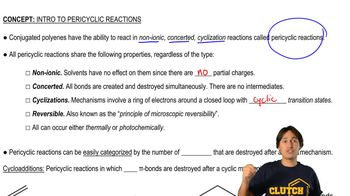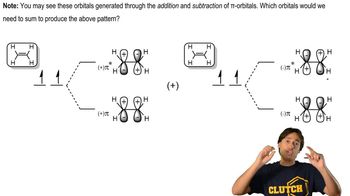Suggest the appropriate carbonyl and Wittig reagent to make the following alkenes.
a. (E)-7-methylnon-4-en-3-one

 Verified step by step guidance
Verified step by step guidance Verified video answer for a similar problem:
Verified video answer for a similar problem:



 15:39m
15:39mMaster Box-Out Method and Full-Mechanism with a bite sized video explanation from Johnny
Start learning